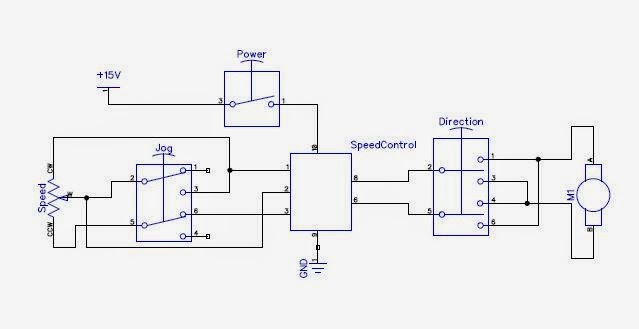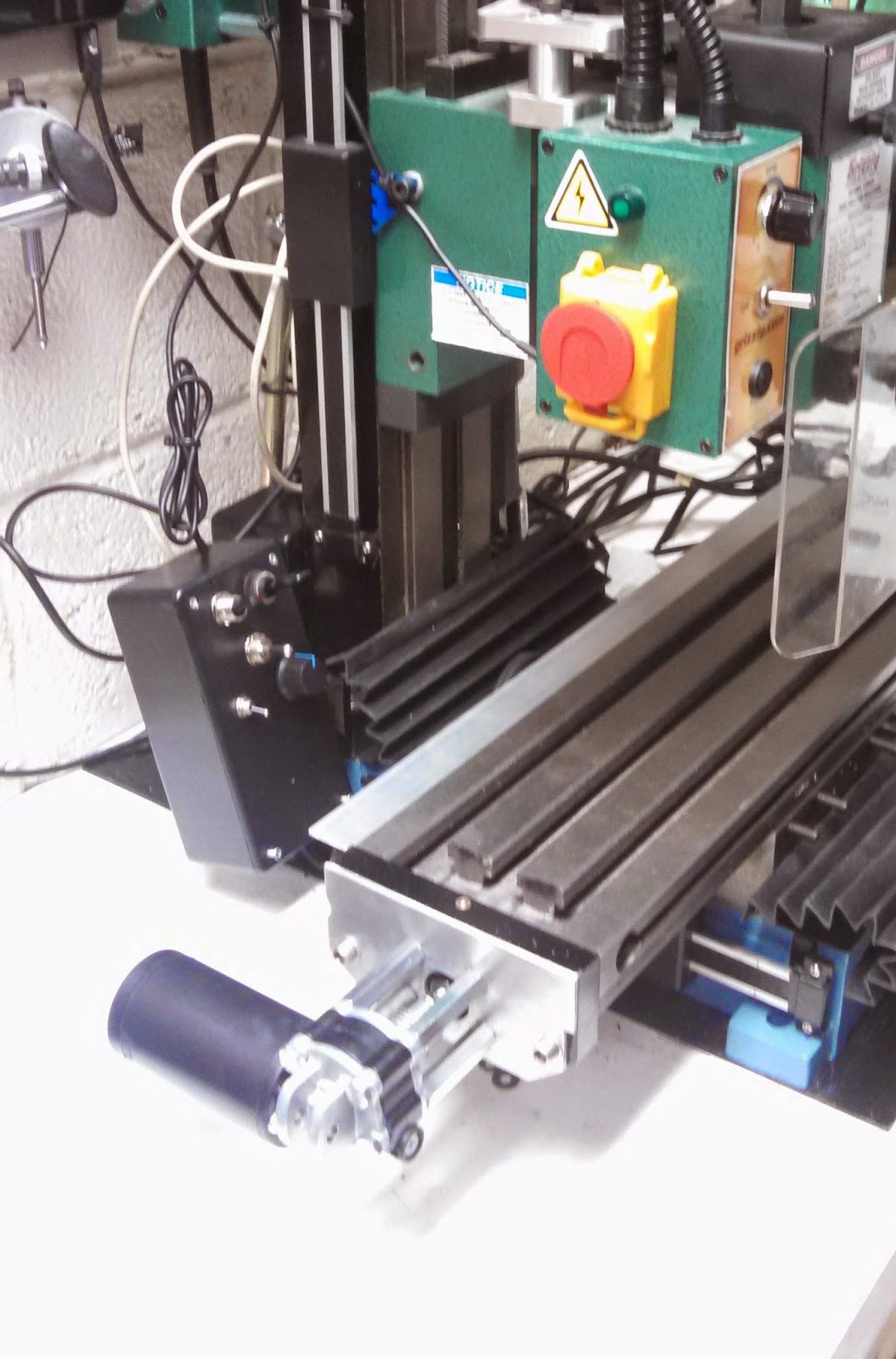- Joined
- May 27, 2010
- Messages
- 2,999
- Reaction score
- 1,171
Hi Pete,
Now mopping up the odds & ends on the a H&M Engine and should be running the engine by this Saturday.
Come next month will start on the mill table feed. DC motor and speed control on hand now. Most likely will be mirror image of your powered mill table feed. Sick and tired of hand cranking table to mill long pieces.
Hi Pete,
Wished I had DIYed the power feed. Was miling a 6 fluke CounterBore while required very long&shallow depth cuts. Now in the midst of building another engine---the Nemett-Lynx which has some tedious milling. I have all the components on hand to build the power feed but have yet to find the time.




















![DreamPlan Home Design and Landscaping Software Free for Windows [PC Download]](https://m.media-amazon.com/images/I/51kvZH2dVLL._SL500_.jpg)











































